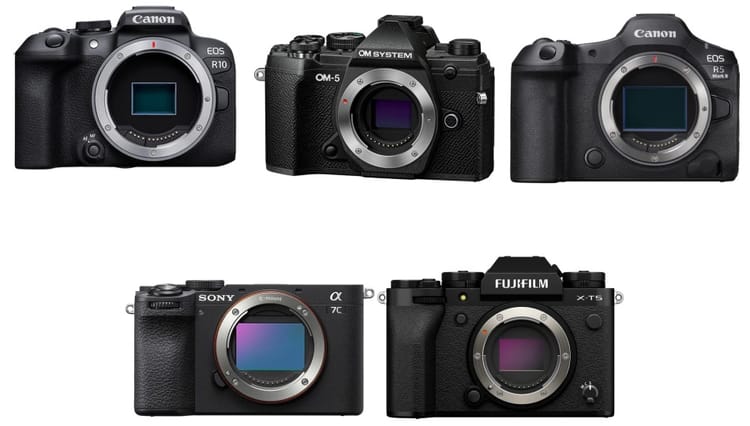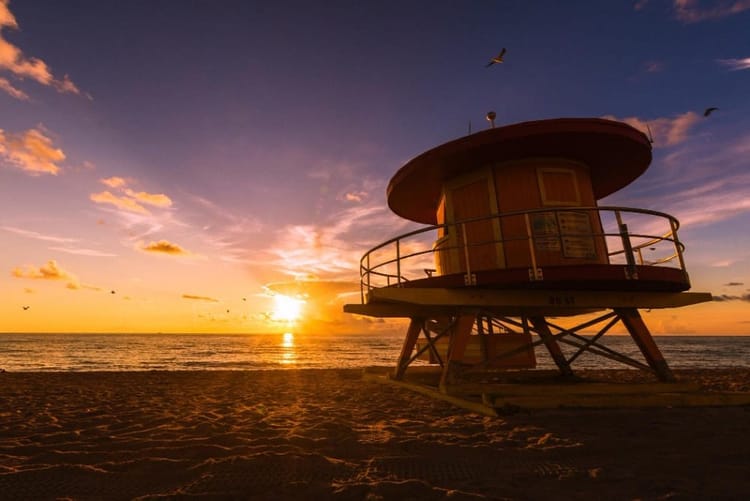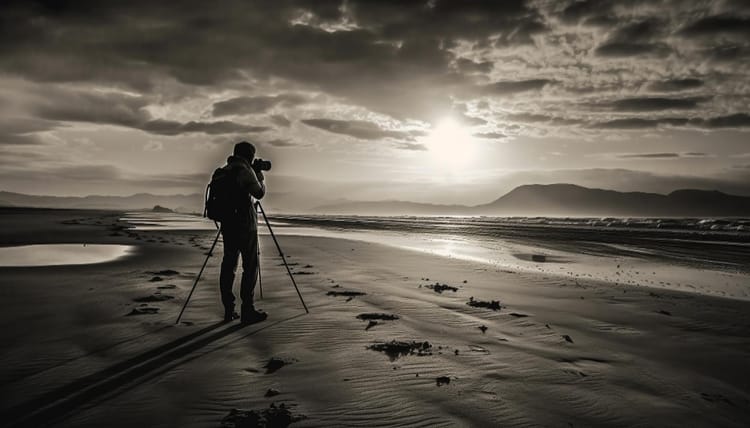Photography and the Environment: Capturing the World, Protecting Its Future
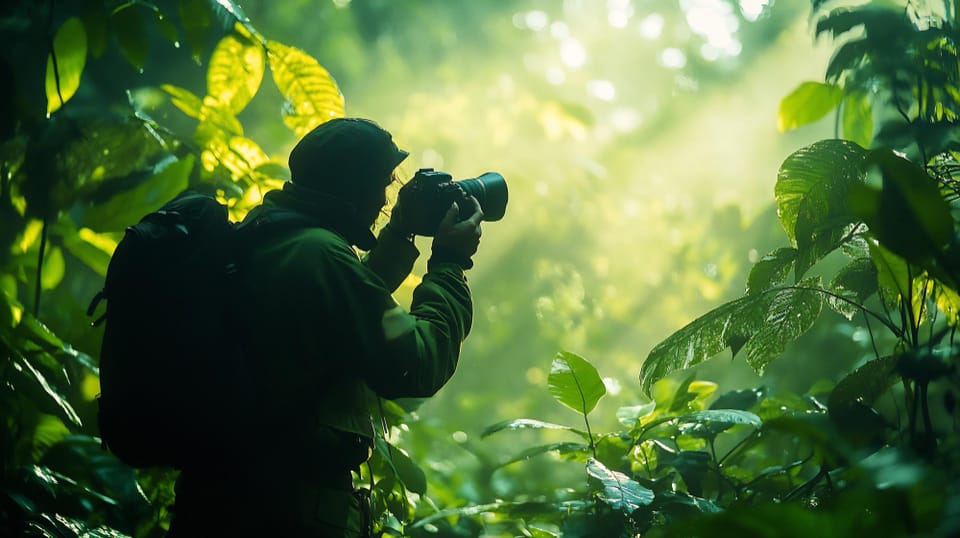
Introduction
In today’s visually driven world, photography has become one of the most powerful tools for storytelling. From the breathtaking landscapes of the Arctic tundra to the delicate beauty of a rain-soaked forest, photographs capture moments that words often cannot fully express. However, beyond simply documenting the world around us, photography has the unique ability to evoke emotion, stir conversation, and ignite change—especially when it comes to the environment.
As climate change, habitat destruction, and pollution dominate global conversations, the role of photography in environmental advocacy has never been more vital. Through the lens, photographers can highlight the fragility of our ecosystems, the plight of endangered species, and the immediate effects of climate disasters, making distant issues feel personal and urgent. A single photograph can inspire action, push for policy change, and raise awareness among millions.
Yet, while photography can be a powerful force for good, it is not without its environmental costs. From the carbon footprint associated with travel to the production and disposal of camera gear, the medium itself has an impact on the natural world it seeks to protect. As environmental concerns grow, it becomes increasingly important for photographers to not only use their art for advocacy but to adopt sustainable practices in their work.
In this post, we will explore the dual relationship between photography and the environment—how photography can raise awareness and inspire conservation, but also how photographers can reduce their own ecological footprint. From conservation photography to eco-friendly practices, we’ll discuss the ways photographers can make a positive impact while ensuring their craft remains aligned with the values of sustainability.
1. The Power of Photography in Environmental Advocacy
Photography holds an immense power to connect people with the natural world, especially at a time when many are disconnected from it in their daily lives. The visual nature of photography has a unique way of communicating environmental issues, transcending language barriers and emotional detachment. A single image can evoke empathy, provoke thought, or even inspire action. This is particularly evident in the realm of environmental advocacy, where photographs serve as critical tools in raising awareness and driving change.
Historically, photography has played a crucial role in conservation efforts. Early examples include the work of Ansel Adams, whose black-and-white landscapes of America’s national parks helped spark the conversation around wilderness preservation. His images, coupled with his advocacy, contributed to the expansion and protection of national park lands in the United States. Similarly, Sebastião Salgado’s haunting images of deforestation in Brazil have raised global awareness about the destruction of the Amazon rainforest, bringing attention to the severe environmental and social impacts.
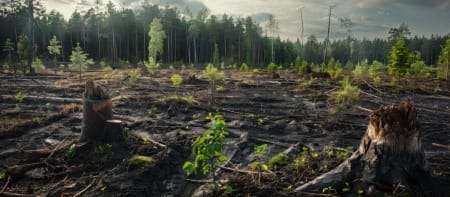
In modern times, social media platforms like Instagram and Facebook have amplified the reach of environmental photography, allowing photographers to share their work with a global audience in seconds. Influential photographers like Paul Nicklen and Cristina Mittermeier use platforms such as these to spread awareness about the devastating effects of climate change, overfishing, and melting polar ice caps. Their images don’t just depict the beauty of nature—they tell stories of fragility and urgency.
Moreover, environmental photography often sparks real-world action. Whether through fundraising campaigns, petitions, or documentaries, photos can motivate people to engage with environmental causes. Images have the ability to stay with people, reminding them of the importance of protecting the planet and often prompting individuals to rethink their relationship with nature and consider their role in conservation efforts
2. Photography’s Role in Documenting Environmental Change
Photography has long served as a vital tool for documenting the gradual yet profound transformations happening in the environment. Through the camera’s lens, environmental change can be captured, preserved, and shared with the world in a way that transcends scientific data and statistics. Photographs make the abstract, such as climate change, more tangible by visually documenting its impact on landscapes, ecosystems, and wildlife over time.
Conservation photography is a specific genre dedicated to capturing these changes with the goal of promoting awareness and encouraging the protection of the environment. Unlike traditional nature photography, which often celebrates the beauty of the natural world, conservation photography highlights the threats facing that beauty. Whether it's the encroaching desertification of fertile lands, shrinking wildlife habitats, or coral bleaching in our oceans, these images serve as visual evidence of the environmental crises unfolding around the globe. Conservation photographers like James Balog, known for his Extreme Ice Survey, use time-lapse photography to vividly document how glaciers are retreating at an alarming rate due to climate change. By showing side-by-side images of landscapes over the years, the stark contrast can move people more than data points ever could.
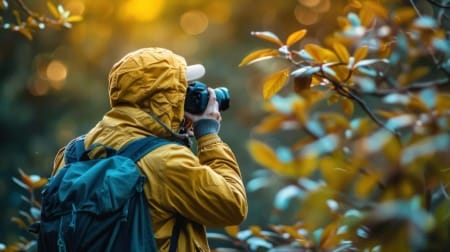
The advent of time-lapse and satellite photography has revolutionized the ability to track and display long-term environmental changes. Time-lapse photography, for example, captures the slow, often imperceptible shifts in the environment—whether it’s coastal erosion, deforestation, or urban sprawl—and condenses them into sequences that make these changes unmistakably visible. In a matter of seconds, viewers can see years' worth of environmental degradation, offering a compelling and sometimes shocking perspective on the pace of change.
Moreover, citizen journalism has added another layer to this documentation effort. With smartphones in nearly everyone’s hands, ordinary people can now capture and share photos of environmental damage, pollution, or illegal activities like poaching or deforestation. These images, often posted on social media platforms, help expose environmental issues that may otherwise go unnoticed or underreported. Citizen contributions can enhance the body of visual evidence that conservation organizations and activists use in their advocacy efforts, adding urgency to the cause.
In a world where visual evidence can speak louder than words, photography is increasingly recognized as an indispensable tool for documenting the environmental challenges facing our planet and helping drive meaningful change.
3. Photography’s Environmental Footprint
While photography is a crucial tool for documenting and advocating for environmental conservation, the practice itself can contribute to environmental degradation in several ways. Understanding and mitigating these impacts is essential for photographers who wish to align their craft with sustainable practices. Here are five key areas where photography leaves an environmental footprint:
Travel and Carbon Emissions
Many photographers, especially those focused on nature, wildlife, or adventure photography, often travel great distances to capture their subjects in remote or pristine locations. Whether it’s flying to distant countries or driving long distances to natural reserves, the travel required for photography is a major contributor to carbon emissions. Air travel is particularly problematic, with airplanes being among the most significant sources of greenhouse gases. Additionally, visiting sensitive ecosystems can have unintended consequences, such as trampling vegetation or disturbing wildlife habitats, further impacting the environments photographers aim to showcase and protect.

Production of Photography Equipment
The production of cameras, lenses, drones, lighting gear, and other photography tools has its own environmental costs. These products are made from materials such as metals, plastics, and glass, many of which require resource-intensive mining and extraction processes. Rare earth elements, often used in electronics, are particularly harmful to extract due to the energy required and the environmental damage caused by mining operations. The manufacturing processes for these materials consume large amounts of energy and water, and they can result in the emission of pollutants. As technology advances, photographers frequently replace older gear with new models, creating a cycle of consumption that leads to electronic waste.
Electronic Waste and Disposal of Old Gear
The rapid pace of technological advancement in the photography industry means that equipment often becomes obsolete after a few years. Cameras, drones, and other devices that are no longer used often end up being discarded. Unfortunately, the improper disposal of this electronic waste can lead to harmful environmental consequences.

Electronics contain toxic substances like lead, mercury, and cadmium, which, if not properly recycled, can leach into the soil and water, causing contamination. In addition, disposable batteries, which are still commonly used in photography equipment, can end up in landfills, adding to the growing problem of e-waste.
Energy Consumption
Digital photography, while reducing some forms of environmental harm associated with film (such as chemical waste), has its own energy demands. High-powered computers, editing software, and external storage drives all require electricity to function. Cloud storage services, which are often used to store large quantities of photos, also contribute to energy consumption, as data centers require vast amounts of electricity to run and cool their systems. Photographers who travel with multiple devices, such as laptops, tablets, and drones, also increase their energy footprint, relying on frequent charging and energy-intensive processes like rendering high-resolution images or videos.

Printing and Physical Media
While many photographers share their work digitally, physical prints and photo books remain popular. However, printing photographs on paper can contribute to deforestation, especially if non-sustainable paper sources are used. Additionally, many inks and printing processes involve chemicals that can harm the environment if not disposed of properly. Shipping prints and photography books, especially internationally, add to the environmental footprint due to the packaging and transportation involved. Even packaging materials such as plastic wrapping, foam inserts, and cardboard boxes contribute to waste and resource consumption. The rise in demand for prints in commercial photography and art sales also increases this footprint.
These areas highlight the environmental costs associated with photography, from the carbon footprint of travel to the impact of electronic waste and energy consumption. While these challenges are significant, they also present an opportunity for photographers to adopt more sustainable practices—choosing energy-efficient gear, minimizing travel, recycling old equipment, and being mindful of their production methods. By doing so, photographers can continue to raise awareness about environmental issues while reducing their own impact on the planet.
4. Sustainable Practices for Photographers
As photographers become increasingly aware of the environmental impact of their craft, many are adopting more sustainable practices to minimize their ecological footprint. While it’s impossible to completely eliminate the environmental cost of photography, there are several ways photographers can significantly reduce their impact. Here are seven key areas where photographers can implement sustainable practices:
Eco-friendly Travel
One of the most impactful ways photographers can reduce their carbon footprint is by making conscious travel choices. Instead of flying, photographers can opt for more environmentally friendly modes of transport such as trains, buses, or even carpooling. When air travel is unavoidable, photographers can reduce their impact by booking direct flights to minimize emissions and choosing airlines with strong environmental policies. Additionally, staying at eco-friendly accommodations that prioritize sustainable energy use and waste reduction can further reduce the environmental cost of travel. Photographers can also look for local opportunities to shoot, cutting down on unnecessary travel while still capturing meaningful content.
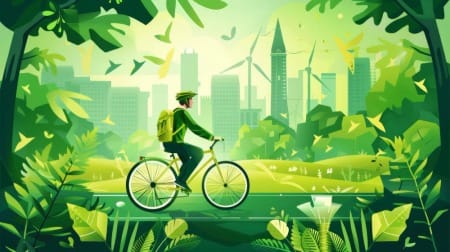
Using Renewable Energy Sources
Photographers can incorporate renewable energy into their workflow by using solar-powered chargers and power banks. These devices allow for on-the-go charging of cameras, drones, and other equipment, reducing the need for electricity sourced from fossil fuels. In remote locations, solar power can be an especially valuable resource for photographers who spend extended periods outdoors. Furthermore, switching to energy providers that prioritize renewable energy (wind, solar, hydro) for home-based activities like editing and uploading images is another way to support the shift toward sustainable energy practices.
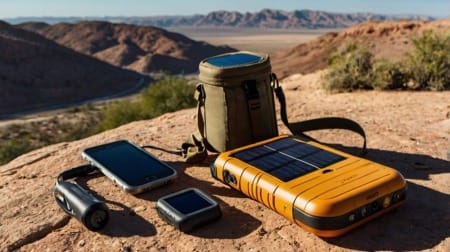
Choosing Energy-efficient Equipment
Energy-efficient photography gear, such as LED lighting systems and energy-saving devices, can significantly reduce power consumption during shoots. Many modern cameras and accessories are designed with energy efficiency in mind, offering longer battery life and reduced power draw. Photographers can also invest in rechargeable batteries rather than single-use ones, minimizing the waste associated with disposable batteries. While older gear may not have the same energy-saving capabilities, making thoughtful choices about the longevity of equipment and choosing high-quality, energy-efficient devices when upgrading can have a long-term positive impact.
Ethical Wildlife Photography
When photographing wildlife, ethical considerations are crucial for both the safety of the animals and the environment. Photographers should take care not to disturb animals in their natural habitats, avoiding behaviors that stress or endanger wildlife. This includes keeping a safe distance, using appropriate lenses to avoid getting too close, and refraining from baiting or manipulating animals for the sake of a shot. Additionally, photographers should avoid disrupting ecosystems by sticking to established trails and respecting fragile landscapes. Ethical wildlife photography ensures that the photographer’s presence does not negatively impact the subjects or their environment.

Minimizing Waste and Responsible Disposal
Reducing waste in photography starts with being mindful of disposable materials and finding ways to recycle old gear. Photographers should opt for digital-only portfolios whenever possible, reducing the need for printed media. If prints are necessary, choosing eco-friendly printing services that use recycled paper and sustainable inks can make a significant difference. When upgrading equipment, photographers should properly dispose of or donate old gear. Many electronics retailers and specialized services offer e-waste recycling programs to ensure that cameras, batteries, and other electronics are safely processed and kept out of landfills.
Digital Workflow Optimization
With modern digital photography requiring substantial energy consumption for storage, processing, and editing, photographers can adopt strategies to reduce their environmental impact. One way to do this is by optimizing file management—deleting unnecessary or duplicate images to minimize storage needs and energy use. Photographers can also invest in energy-efficient editing workstations, which consume less power while providing the same processing capabilities. Cloud storage services with strong sustainability commitments (using renewable energy for data centers) are another way to ensure that digital workflows contribute less to environmental harm.
Collaborating with Sustainable Brands and Organizations
Photographers can further reduce their environmental footprint by aligning with brands and organizations that share similar values around sustainability. Partnering with eco-conscious businesses or NGOs allows photographers to contribute their work to causes that aim to protect and restore natural ecosystems. For commercial photographers, choosing clients that prioritize sustainability, whether in product development or corporate responsibility, helps reinforce environmental values across industries. Additionally, photographers can lend their expertise to environmental advocacy campaigns, using their work to raise awareness and funds for conservation projects, further amplifying their positive impact.
By incorporating these sustainable practices into their photography routine, photographers can help mitigate the negative environmental impacts of their work. From eco-friendly travel to ethical wildlife photography, these strategies allow photographers to capture the beauty of the natural world while protecting it for future generations.
5. How Photographers Can Contribute to Conservation
Photography has the power to go beyond documenting environmental issues—it can actively contribute to conservation efforts. Photographers can use their craft to advocate for nature, drive change, and support efforts to protect the planet. Here are impactful ways photographers can make a direct contribution to conservation:
Partnering with Environmental Organizations
Photographers can collaborate with environmental NGOs, conservation organizations, and grassroots movements to help amplify their messages. These partnerships can take many forms, such as contributing images for campaigns, joining field projects to document conservation efforts, or providing visuals for reports and fundraising efforts. Many organizations rely on compelling imagery to engage the public and policymakers, and photographers can provide these crucial resources. By working directly with organizations dedicated to wildlife protection, habitat preservation, or climate action, photographers can ensure their work is used to create real-world impact.
Creating Fundraising Campaigns
Photographers can use their images to raise funds for environmental causes. Selling prints, hosting exhibitions, or creating photography books with proceeds directed toward conservation initiatives are popular methods. Some photographers donate a percentage of their earnings to organizations focused on environmental protection, while others hold charity auctions where the sale of a single image can provide critical funding. Additionally, online platforms like Patreon or Kickstarter allow photographers to launch specific conservation-focused projects, where supporters can back the production of eco-conscious works with a tangible positive outcome for the environment.
Raising Awareness Through Storytelling
One of the most powerful contributions photographers can make to conservation is through visual storytelling. By documenting the impacts of climate change, deforestation, or species extinction, photographers can bring these issues to life in a way that resonates deeply with audiences. Visual stories have the power to turn abstract environmental issues into relatable, emotionally compelling narratives. Photographers can create projects that focus on underreported environmental challenges or use their platforms to spotlight the struggles of endangered ecosystems and wildlife. These stories can influence public opinion, drive social media movements, and contribute to policy changes.
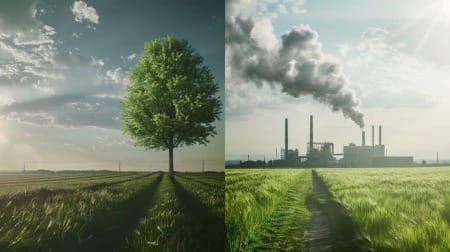
Promoting Sustainable Practices through Photography
Photographers can promote conservation by using their work to highlight the importance of sustainable practices. This includes documenting renewable energy projects, sustainable farming practices, or eco-friendly communities. By showcasing positive solutions to environmental challenges, photographers can inspire others to adopt greener lifestyles. These images help shift the focus from problems to solutions, demonstrating how individuals, businesses, and governments can take concrete actions to protect the environment. This can be particularly impactful in encouraging a more optimistic, proactive approach to environmental issues rather than focusing solely on devastation and loss.
Organizing or Participating in Conservation Photography Workshops
Photographers with experience in environmental and conservation photography can use their skills to educate others. Organizing workshops or participating in conservation photography programs allows photographers to share their knowledge about both photography and environmental stewardship. These workshops can be designed to teach aspiring photographers how to ethically and sustainably capture images of wildlife and landscapes, emphasizing the importance of not disrupting ecosystems. Additionally, engaging local communities, especially in vulnerable areas, can foster a deeper connection to conservation efforts, helping residents understand the value of protecting their natural surroundings through photography.
By embracing these five strategies, photographers can use their unique perspectives and skills to make a meaningful contribution to conservation. Whether partnering with organizations, raising awareness, or teaching others about ethical photography, photographers have the power to make their craft a force for environmental good.
Conclusion
Photography is a powerful medium with the ability to capture both the beauty of the natural world and the devastating impact of human activity on the environment. As this blog post has shown, photographers have a unique role to play in environmental conservation. They can raise awareness, tell compelling stories that move people to action, and contribute to real-world changes in how we understand and address environmental issues. However, it is also important to acknowledge the environmental impact of the craft itself and take steps to minimize this footprint. By adopting sustainable practices, photographers can ensure that their work supports, rather than undermines, the causes they care about.
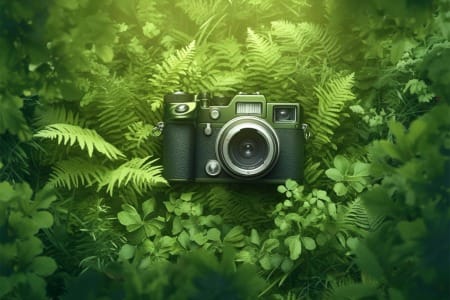
The key takeaway is that photography can be a force for good, provided photographers approach their work with responsibility and mindfulness. As we face growing environmental challenges, photographers have a responsibility not just to document these issues but to be active participants in the fight to protect our planet. Their images can inspire action and engage people in conversations that lead to policy changes, community involvement, and individual behavior shifts.
Here are five important ways photographers can use their craft for environmental conservation:
1. Utilize Photography to Tell Stories that Matter
Photographers should focus on creating projects that document the urgent environmental issues of our time, whether it’s climate change, deforestation, or species extinction. Through compelling storytelling, photographers can make these global issues feel personal and relevant to diverse audiences, motivating them to act.
2. Adopt Sustainable Practices in Their Work
To reduce the environmental footprint of photography, photographers should travel less, use energy-efficient equipment, and opt for eco-friendly production methods. These small changes can help minimize the negative impact of the craft on the planet.
3. Partner with Environmental Organizations
By collaborating with NGOs, wildlife organizations, and conservation efforts, photographers can ensure their work is aligned with positive action. Partnering with groups dedicated to preserving nature amplifies the impact of their imagery.
4. Contribute to Conservation Through Fundraising
Photographers can raise funds for environmental causes by selling prints, hosting exhibitions, or creating photography books. Using their work to directly support conservation efforts makes a tangible difference.
5. Engage and Educate the Public
Photographers can use their platforms to educate others about the importance of environmental conservation. Whether through social media, workshops, or public exhibitions, they can encourage more people to get involved in protecting the planet.
In conclusion, photography has a vital role to play in preserving our environment. By capturing both the beauty of the natural world and the urgency of its protection, photographers can inspire change while minimizing their own ecological footprint. In doing so, they can become key advocates in the fight to protect the planet for future generations.

